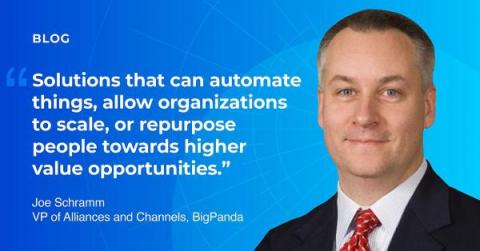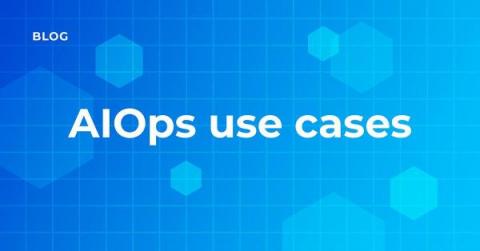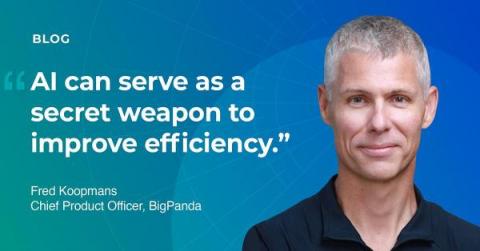Four ways tech will evolve in 2023
Will artificial intelligence (AI) end up emphasizing the importance of human emotions? What’s next for company operating budgets? And is a reckoning coming for managed service providers (MSPs)? In a recent episode of our That’s great IT podcast, we invited an expert panel to discuss all of this and more. The panel consisted of three returning guests: They shared the top IT trends they’ve seen in their industries and how they expect those trends to play out in 2023.











